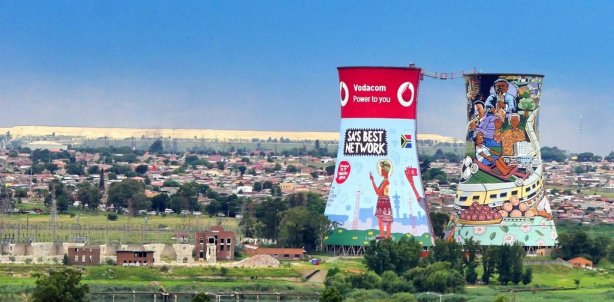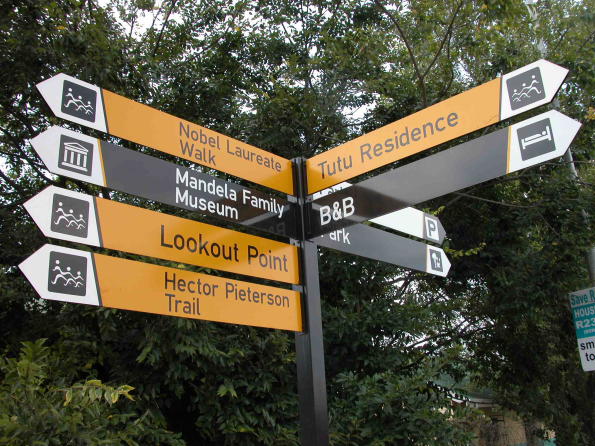Soweto is an urban settlement or 'township' in South Africa, southwest of Johannesburg, with a population of approximately 1.3 million, dwelling in homes ranging from extravagant mansions to makeshift shacks. Soweto was created in the 1930s when the White government started separating Blacks from Whites. Blacks were moved away from Johannesburg, to an area separated from White suburbs. They did this by using the infamous 'Urban Areas Act' in 1923. Soweto obtained its name from the first two letters of South Western Township which was the original description of the area.
The first residents of what is now known as Soweto were located into the area called Klipspruit following their relocation from “Coolietown” in the centre of Johannesburg as a result of an outbreak of bubonic plague. Only black families were located into Klipspruit and the housing was on a rental basis. Klipspruit was subsequently renamed Pimville. In 1959 the residents of Sophiatown were forcibly removed to Soweto and occupied the area known as Meadowlands.

Located in the Gauteng province, today Soweto is the biggest black urban settlement in Africa with a rich political history. It was the centre of political campaigns aimed at the overthrow of the apartheid state. The township experienced civil unrest during the Apartheid regime. The 1976 student uprising, also known as the Soweto uprising, started in Soweto and spread to the rest of the country, but riots flared up again in 1985 and continued until the first multiracial elections were held in April 1994.
Soweto is a melting pot of South African cultures and has developed its own sub-cultures especially for the young people. Sowetans (as Soweto residents are called) have evolved a local language called tsotsitaal, an eclectic mix of several local languages, Afrikaans and street slang, constantly evolving and spoken mainly by the young.

It is again in Soweto where you find South Africa’s most famous street - Vilakazi Street. Two Nobel Prize winners lived in this street, Nelson Mandela and Archbishop Emeritus Desmond Tutu. In fact, Tutu, as he is more fondly known, still lives in this street with his wife Leah. Mandela's house has become a museum. It is called the Mandela House Museum and is open for public tours during the week. In the corner of Moema and Vilakazi Streets you will find the Hector Peterson Museum and memorial. This is where Hector Peterson was killed by police during the students' uprising of June 16 1976, today celebrated as Youth Day. You can also have a glimpse of the mansion belonging to the late Winnie Madikizela-Mandela in an affluent part of Orlando West.
In 2010, the South Africa's oldest township hosted the Soccer FIFA World Cup first match in the African soil, when the host nation played Mexico into a 1 all draw.
To get a full and perfect view of Soweto, you need to stand on the foot bridge of the Chris Hani Baragwanath Hospital or the Soweto Towers.

